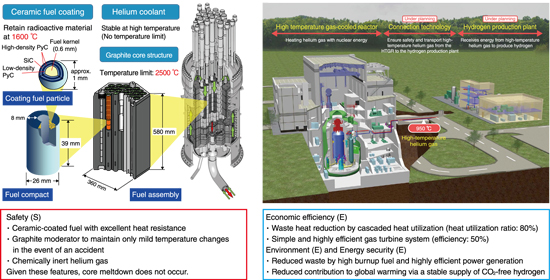
Fig.6-1 Features of the HTGR and plan of the HTTR-heat utilization test
A High Temperature Gas-cooled Reactor (HTGR) is an extremely safe reactor that can meet various industrial applications such as hydrogen production using high-temperature heat and high-efficiency power generation using helium gas turbines (Fig.6-1). Japan Atomic Energy Agency (JAEA) has been conducting various demonstration tests using the High Temperature Engineering Test Reactor (HTTR), which is a test HTGR reactor in Japan, developing hydrogen production technology and gas turbines, researching on commercial HTGRs for practical uses, and promoting international cooperation.
In 2010, the reactor outlet temperature of 950 ℃ was stably supplied over 50 days of continuous operation, demonstrating the ability of the HTGR to ensure a stable supply of high-temperature heat. The inherent safety feature of the HTGR was also confirmed in a loss of forced cooling test without a reactor scram. Even if the cooling and shutdown functions were not activated in the test, the reactor power dropped to zero, and the decay heat was naturally removed. After the Great East Japan Earthquake of 2011, the HTTR operation was stopped for a long time considering the safety review by the Nuclear Regulation Authority of Japan against the new nuclear regulatory standards established in 2013. In June 2020, the HTTR obtained permission to change the reactor installation, and it was restarted in July 2021.
In December 2020, the Ministry of Economy, Trade and Industry executed leadership and formulated an industrial policy, called the “Green Growth Strategy Through Achieving Carbon Neutrally in 2050”, in response to the “2050 carbon neutral and a carbon free society“ declared by former Prime Minister Suga in October 2020. In this Green Growth Strategy, the nuclear industry is designated as one of the 14 important fields, where future growth is expected. The future efforts with regard to HTGRs include the following: (1) utilization of the HTTR, with government support, in addition to international safety demonstration, and the necessary technology development for massive and low-cost carbon-free hydrogen production by 2030; (2) government’s participation in technology development and demonstration while considering the aspects of safety, economy, supply chain construction, regulatory compliance, and so on, and creation of overseas joint projects by the government based on the status of preceding overseas projects; and (3) promotion of cooperation with the related organizations of other countries to disseminate the Japanese standards through construction and operation.
JAEA has been working on the development of seismic importance classifications. These classifications are important for evaluating the seismic integrity of nuclear reactor facilities, utilizing the knowledge obtained from HTTR operation and testing (Topic 6-1), developing a power distribution evaluation method using the characteristics of HTGRs (Topic 6-2), developing coated fuel particles with enhanced confinement of radionuclides (Topic 6-3), researching the improvement of hydrogen production efficiency of the thermochemical water-splitting IS process (via a carbon-free hydrogen production method, and stable long-term operation (Topics 6-4 and 6-5), and conducting research on further improving the safety of HTGRs and upgrading the design methods (Topics 6-6 and 6-7). In addition, a hydrogen production project using the HTTR (Fig.6-1) was started in this fiscal year. In this project, a hydrogen production facility will be newly connected to the HTTR, and hydrogen production technology utilizing the high-temperature heat obtained from the HTTR will be confirmed. Specifically, the specifics of the modifications required to connect the HTTR to the hydrogen production facility, licensing procedures, and facility modification and testing will be conducted.